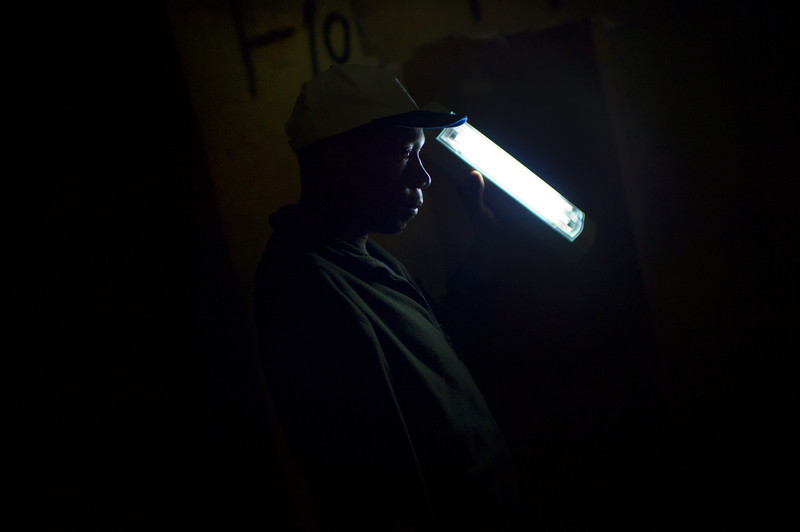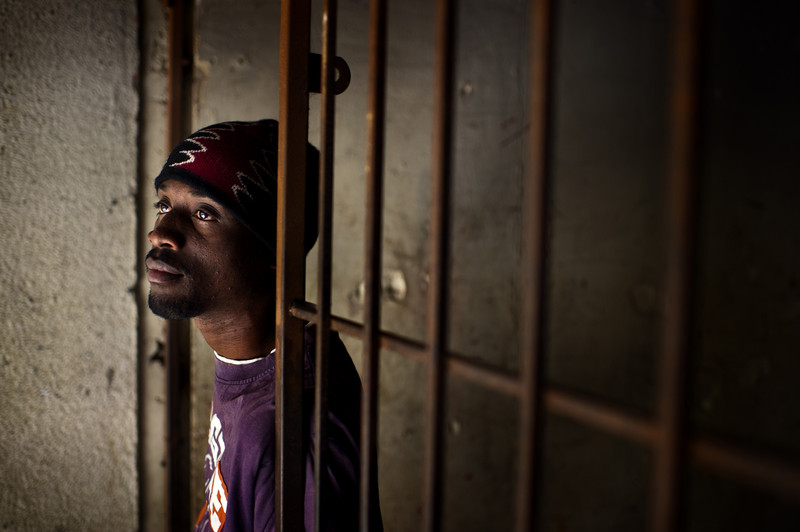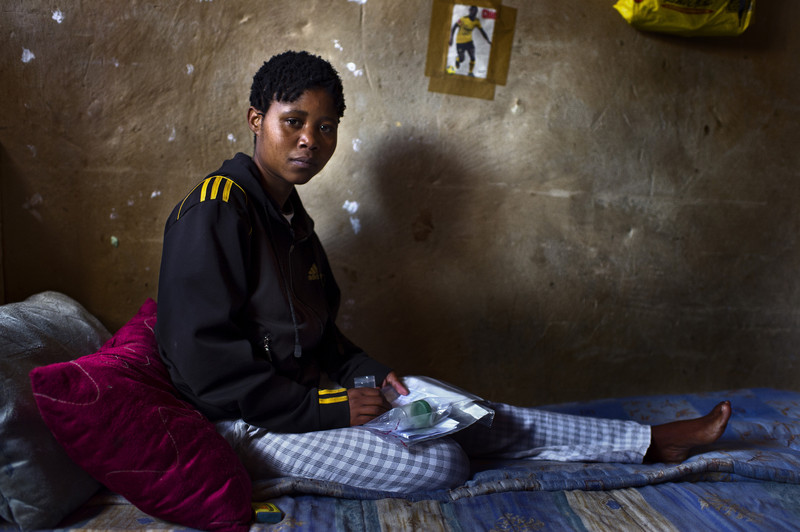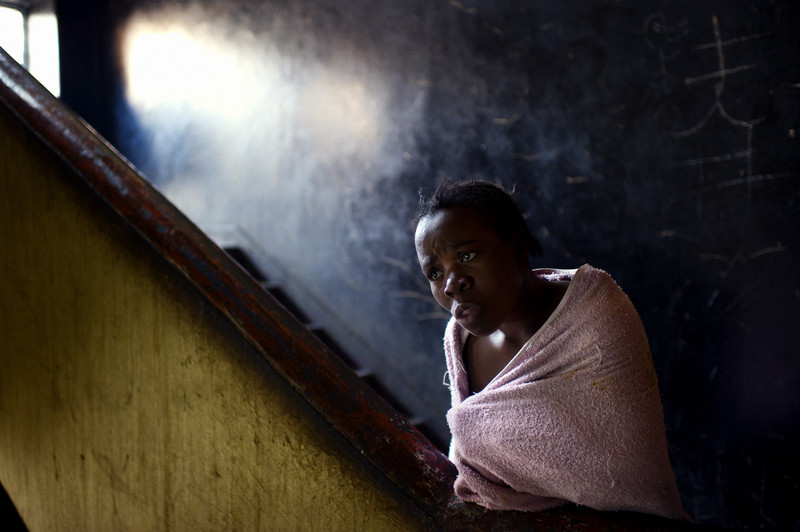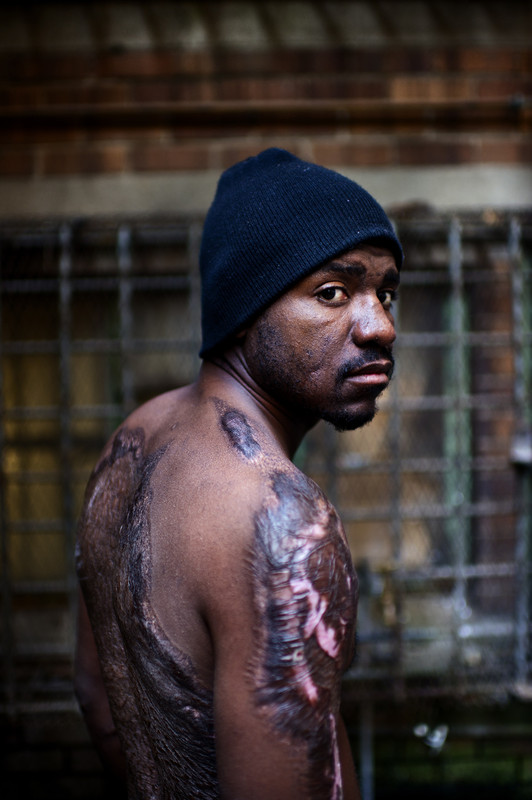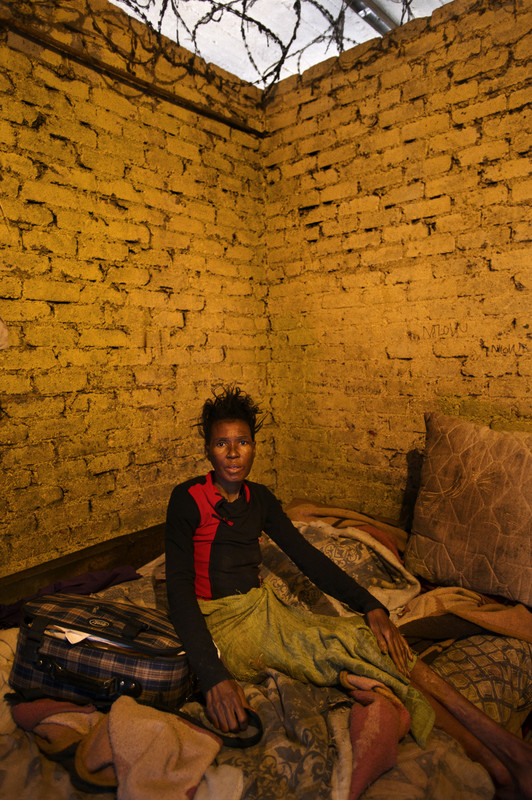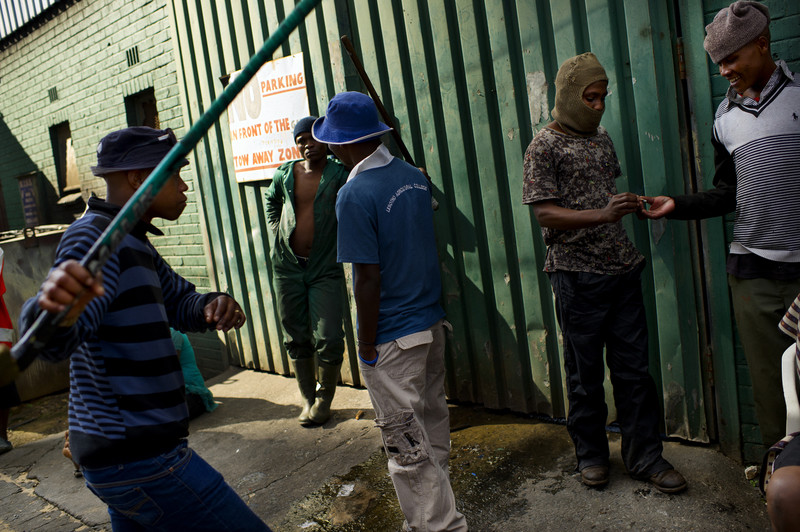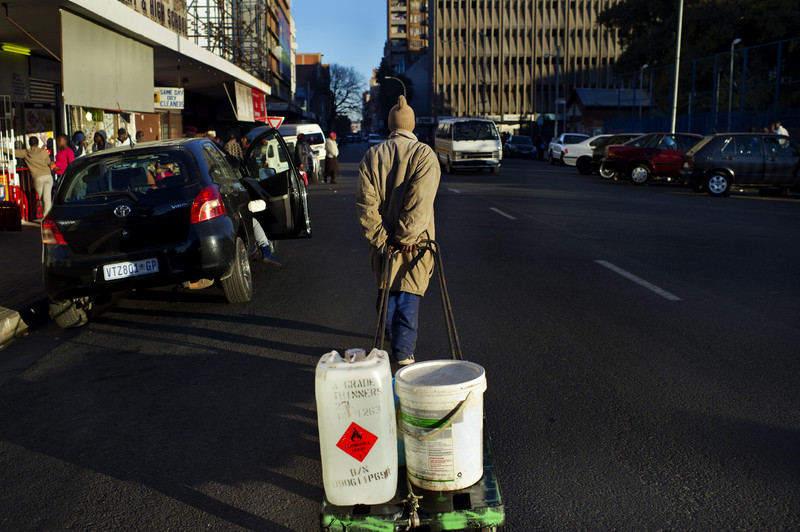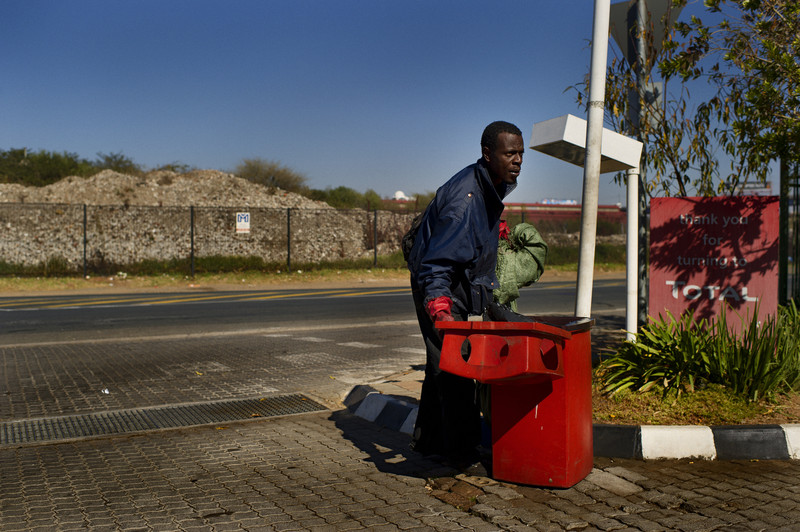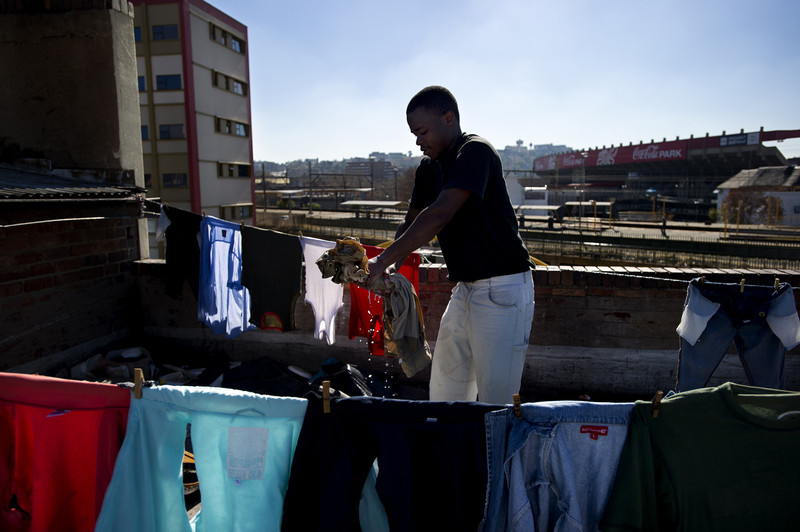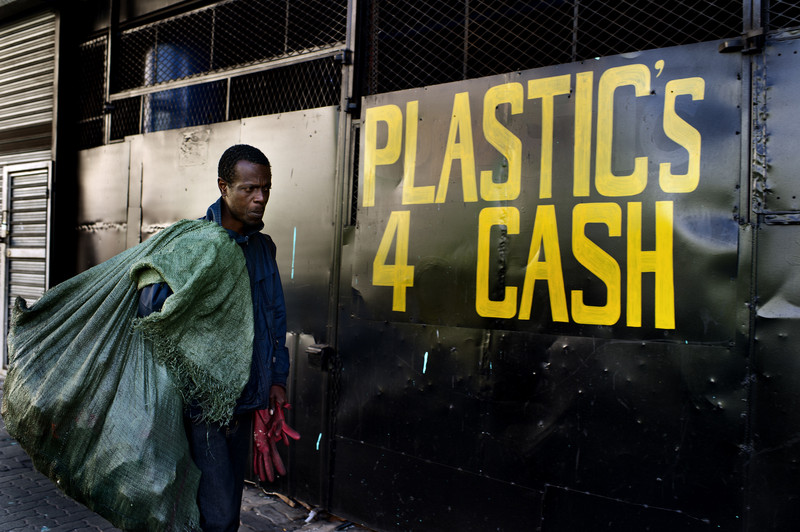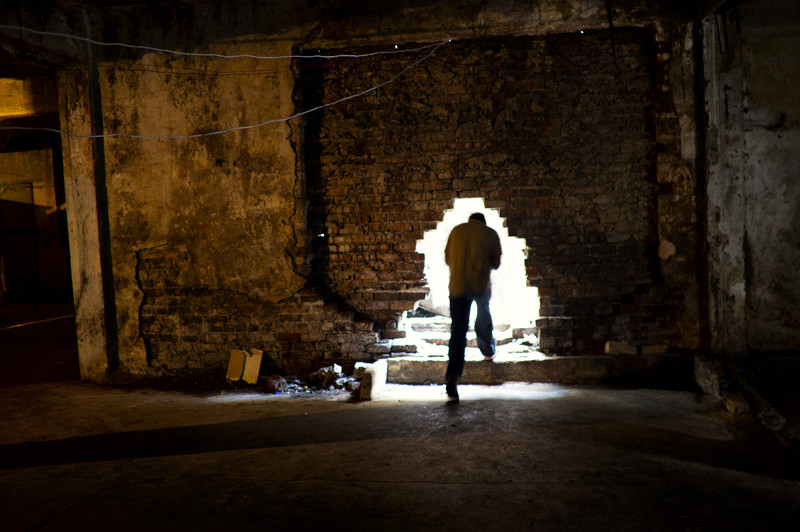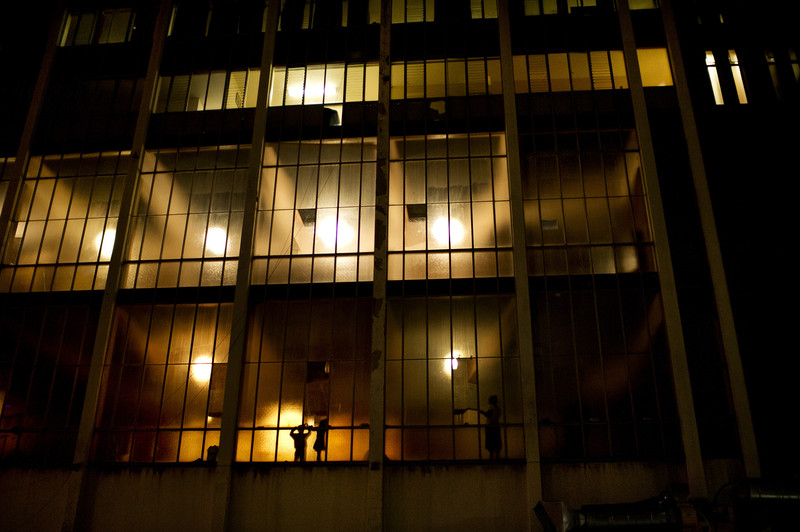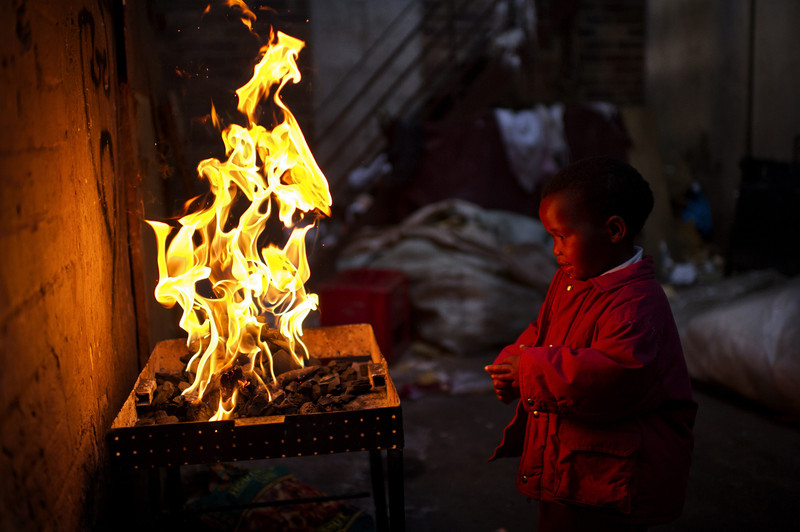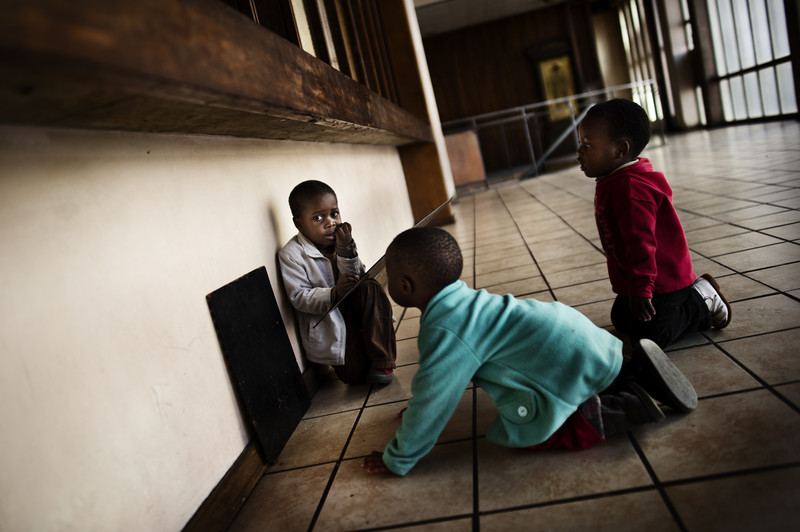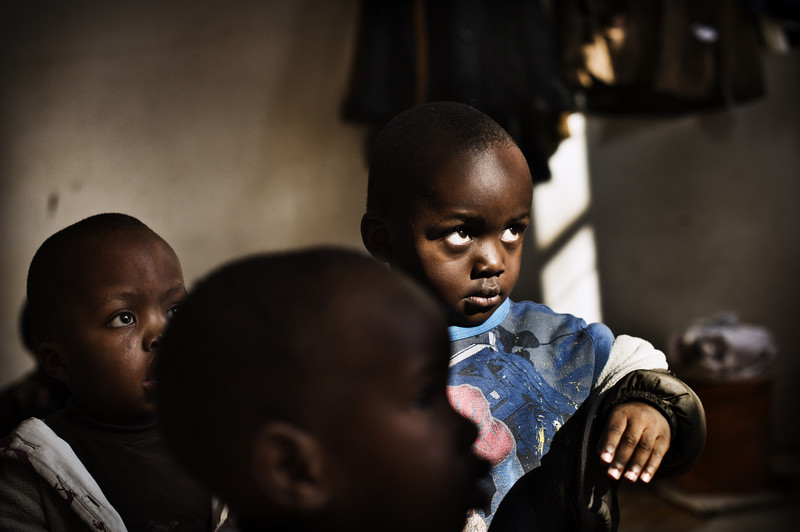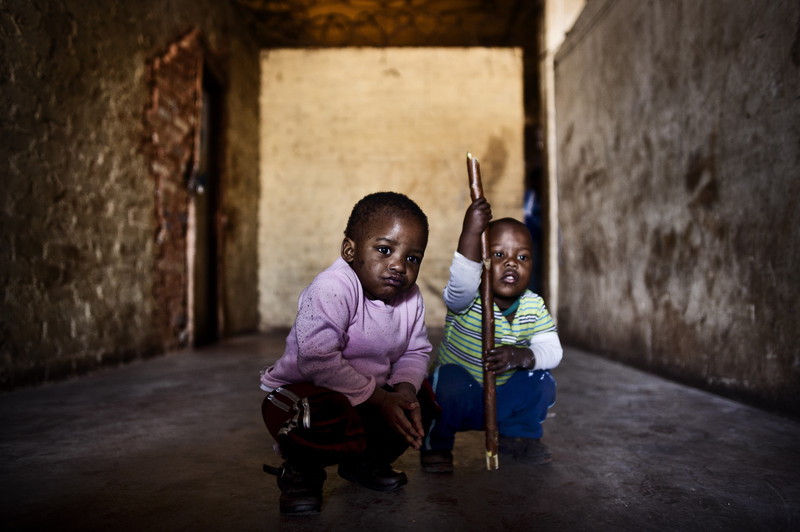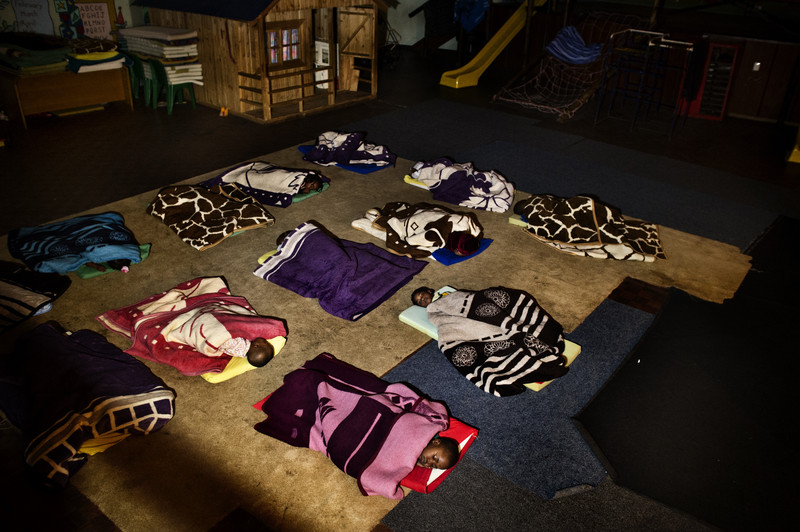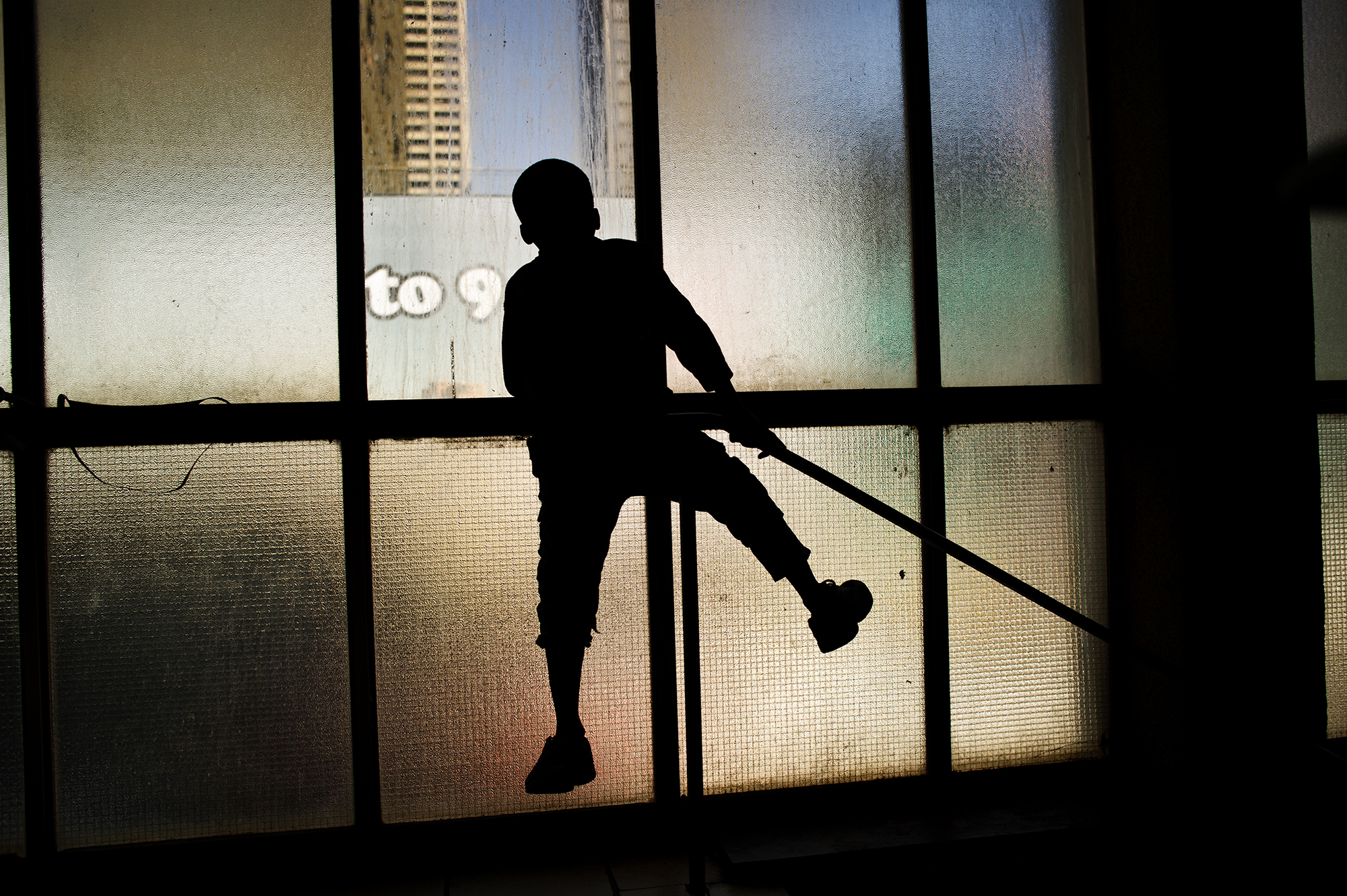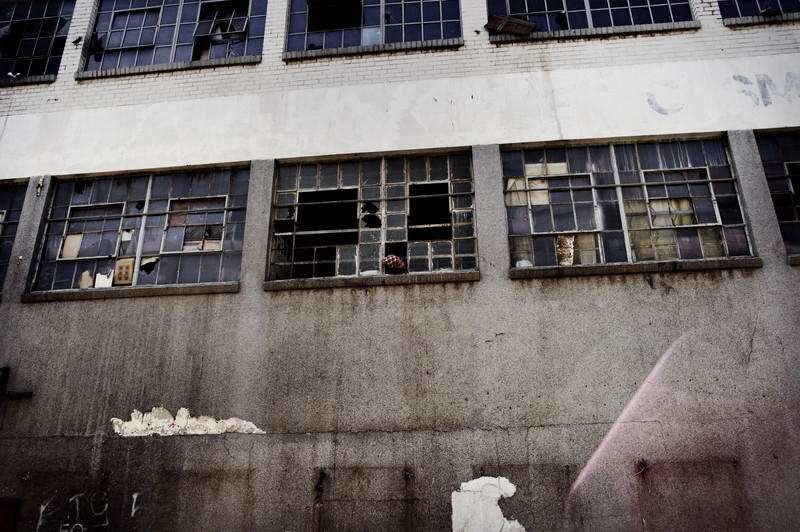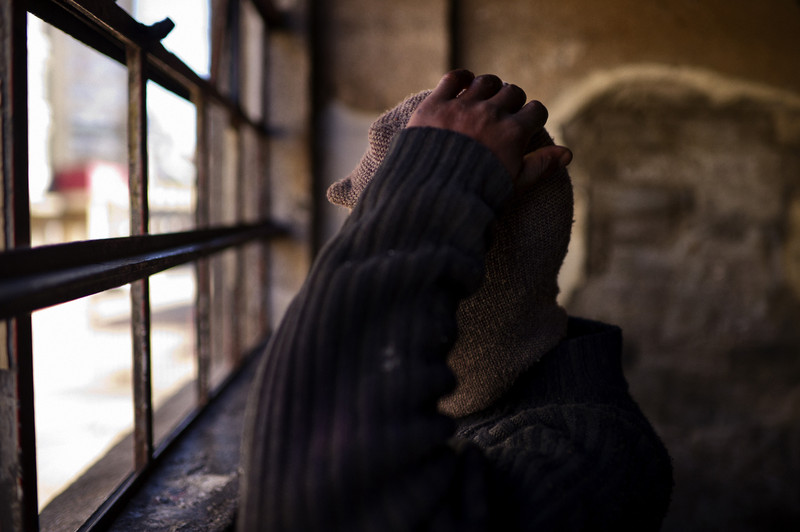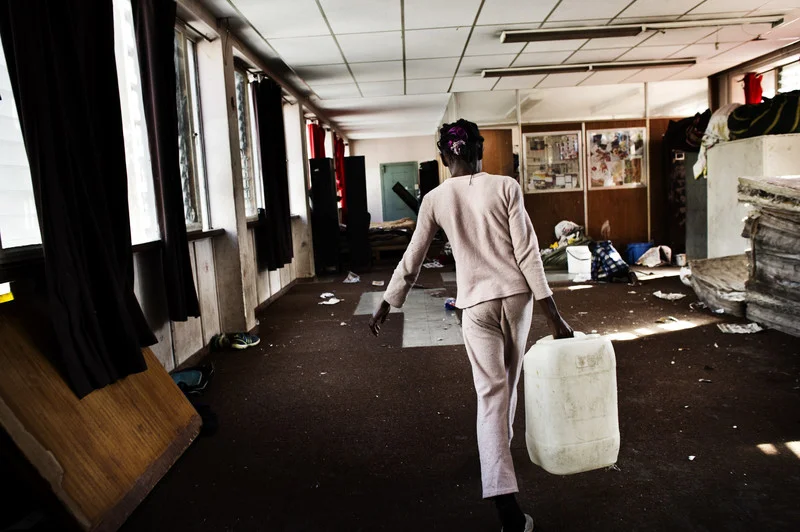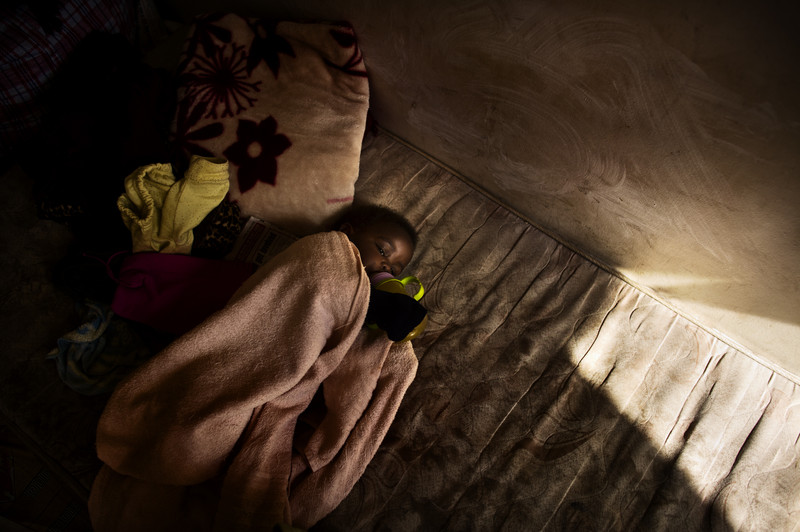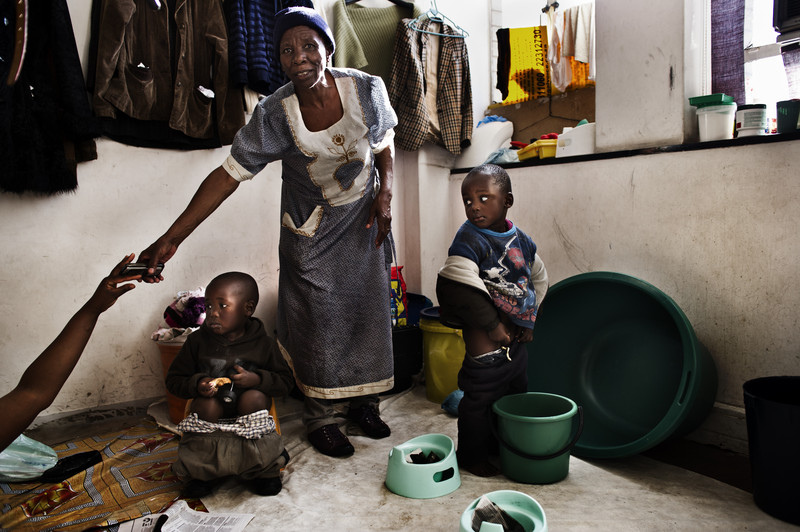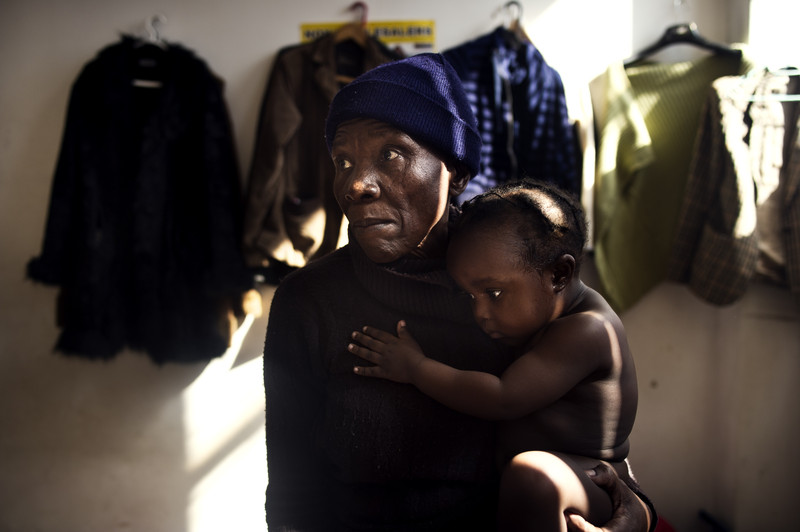Into The Shadows
by pep bonet
Into the shadows, Johannesburg
Each day, thousands of Zimbabweans attempt to flee Zimbabwe across the border to South Africa.
However, persecution awaits them: they are met with hatred by South Africans, shunned by the police, many have been stripped of their rights, and the abuses they have suffered are most often unseen as the government turns a blind eye to their existence.
Thousands of Zimbabweans face the threat of deportation back to Zimbabwe, so they seek the anonymity of the shadows in the overcrowded squatter camps and the urban slums.
The violence against them is ruthless, random and unpredictable.
The violence against them is ruthless, random and unpredictable. Entire buildings have turned into urban slums, a breeding ground for violence, crime and disease. In Johannesburg, the slum buildings are controlled by gangs, and are considered unsafe, especially for young women. Most have neither water nor electricity. Those who live in the buildings pay a fee to the gangs, who in return offer protection from the police.
Many Zimbabweans speak of torture and political oppression as individuals forsake their identity, their rights, and their health to survive.
Into the shadows, Johannesburg: is part of the project “Urban Survivors“.
From this experience Pep Bonet drew inspiration to produce the documentary “Into the shadows”.
“There can be no keener revelation of a society’s soul than the way in which it treats its children.”
Nelson Mandela
Children of the shadows
As political and economic tides change across the African continent, often followed by waves of violence and uncertainty, so communities are uprooted and people are forced to leave their homes in search of greener pastures. At the tip of Africa, Johannesburg stands as a beacon of opportunity. Its reputation for discrimination and violence is well known, but its bright lights are often blinding to the reality and hardship of those whose every day is a struggle for survival.
Each day thousands of forced migrants flood into Johannesburg in search of a better life. Many have risked their lives to cross South Africa’s borders, and in their desperation resort to the only accommodation they can afford: the slum buildings of the inner city of Johannesburg.
The slum buildings are vertical squatter camps – far more dangerous, far more over crowded, where the fight for survival is brutal and unrelenting.
Amidst the darkness and the squalor, you will find children – who bring light into the darkest of places.
Some children have traveled the long, perilous journey to South Africa, however many of the children are born in Johannesburg. Often it is the mothers who are left to protect and raise their children, and with the limited resources they have, life in the slum buildings is a daily struggle for survival.
The challenges that these children face are universal: health, education, security, nourishment and growth, but the intense social pressure of being raised in the slum buildings of Johannesburg soon hijacks their innocence, as they quickly grow up to be astute and streetwise kids.
They say “It takes a village to raise a child”, and despite the dire living conditions that the poorest of the inner city face, communities are created, friendships are made, loyalty reaches beyond blood ties, and the children are raised by a continuous flow of helping hands, that give of themselves, for the love of children.
Informal nursery schools are created, as well as official kindergartens that serve the needs of the city’s poor and destitute. They provide a safe haven whilst their parents seek work during the day.
But in the shadows of Johannesburg, not all cries for help are heard. Not all children feel loved, nor are they cared for. Not all are safe, and some face abuse and suffering beyond our cruelest imaginings, as violence is lived and replanted into the lives of the children, and the country thereby begins to rot at its core.
Bishop Paul Verryn, a Methodist Minister who has committed his life to fighting for the marginalized and destitute of the inner city of Johannesburg, asks the question:
“What happens if the future leader of this country happens to be in this building right at this moment as a child? That puts a completely different colour on what we’re doing. We have got to be so careful. I must tell you that there are some children in this building that are as sharp as you can imagine. Now we hold sway on their futures. Their brilliance is not going to end up in the rubbish bin that is for sure. How is it going to be capitalized?”
Into the shadows: the film
“Into the Shadows” is a pursuit into the lives of hundreds of thousands of Africans living in the inner city of Johannesburg. They are urban survivors: their stories remain untold, their existence is unrecorded and their voices unheard — but their harrowing stories cast a shadow on Africa as a whole.
With this documentary the makers, Pep Bonet (director of photography), Line Hadsbjerg (producer & script) and José Bautista (sound design, editing and post-production), document the dark underbelly of the inner city of Johannesburg: the slum buildings, the struggle for survival as migrants, refugees and local South Africans compete for jobs, for accommodation, for food and for a better life.
In creating this documentary, the objective of the team is to gain an all-rounded perspective on a complex social issue, and therefore they chose to interview a wide selection of slum building residents as well as other stakeholders who are active in the city; including NGO’s, property developers, urban planners and the city council.
Into the Shadows started as part of “Urban Survivors“ a NOOR group project in collaboration with MSF in which seven photographers give a view into the living conditions in urban settlements, showing what is at stake globally for the world’s urban population.
“Into the shadows” was awarded the first prize in the shorts category of the 2013 World Press Photo multimedia contest.

